Editor’s Note: This week, Peter continues his discussion on the importance of Design. In On The Table, we take another look at the all-new 2024 BMW X2, which will take its place as the bread-and-butter entry in the brand’s lineup. And our AE Song of the Week features “Blister In The Sun” by the Violent Femmes. As you may know, Peter’s cousin Victor was a founding member – and original drummer – of the Femmes. In Fumes, Peter delivers Part V of his popular series “Famous Front Rows” with more provocative images and words. And finally, we have racing highlights from Petit Le Mans at Road Atlanta and MotoGP Indonesia in The Line. Onward. -WG
By Peter M. DeLorenzo
Detroit. Understanding the perilous nature of the ongoing UAW strike and that it is top of mind in these parts and around the country, I am being continuously asked my thoughts on the matter. You can read what I’ve had to say in previous Rants here and here. Today, (Monday, October 16), Ford Executive Chair Bill Ford happened to exactly echo my thoughts on what’s going on with this strike to a T, saying, “Choosing the right path is not just about Ford’s future and our ability to compete. This is about the future of the American automobile industry. Toyota, Honda, Tesla and others are loving this strike because they know the longer it goes on, the better it is for them. They will win and all of us will lose.” Amen. Mr. Ford is saying out loud what the the “buzz” in this town is all about right now. The clock is ticking loudly, and the longer this goes on, the more the fate of the U.S. automobile industry as we know it is on the line.
Given this, I have decided to shift gears and revisit my discussion on the importance of Automotive Design, because I’d rather focus on that than this ongoing Shit Show. As longtime readers know, I place a high value on the efficacy and execution of design. It’s also no secret that I believe that design will maintain its position as the Ultimate Initial Product Differentiator going forward, in fact, even more so than ever before.
My design perspectives have generated a lot of comments from within the industry, especially – and understandably so – from the design community. I would say that the vast majority of the comments we have received have been positive, and that’s gratifying, because I have the utmost respect for the creative talents who work in the design houses all over the world.
As I’ve said many times before, the artisans who toil in design studios are the most influential people in the automobile business. They set the tone for brands and lead the word-of-mouth, “street look” discussions, and their visionary work can make – or break – a car company’s fortunes. It’s grueling work, too, because designers live in a particularly strange Twilight Zone where they have to dwell in the past and present, while working on a future that’s coming well down the road. That means lead designers have to present “new” designs to the media and public that have been basically “baked” three-to-five years before. Then, they go back to their respective studios to put the finishing touches on designs that will appear five years into the future.
This work requires, vision, discipline and a savagely creative mindset that is instantly graded the moment the wraps are taken off of their latest designs. It is a tough, tough profession, but when you talk to designers, most wouldn’t trade it for anything. Seeing something in concept or production form that they had a key role in creating presents a level of exhilaration that’s extremely hard to beat.
That intro was kind of a labyrinthian way of getting to my discussion topic for today, which is a question that I get asked all the time: “Given everything you know (and have discussed in past columns), who’s doing design well right now?”
That’s the billion-dollar question, isn’t it? Design matters more now than at any other time in automotive history. In this 24/7, nanosecond-attention-span world we live in today, the hot “street look” of the moment captures all the attention and interest, and usually results in red-hot sales figures too.
Exotic cars lead the discussion, but just because a car is expensive doesn’t mean its design is automatically compelling. Unless, of course we’re talking about Ferrari. My favorite Ferrari of late – the 296 GTB – is compact, lightweight and has a taut skin that stretches over its fenders and haunches to create a damn-near perfect form. It is simply extraordinary from every angle, and it is the definitive supercar of the moment. But the latest Ferrari, the four-door, four-seat Ferrari Purosangue (pictured below) is extraordinary as well, a design execution that resonates from every angle.
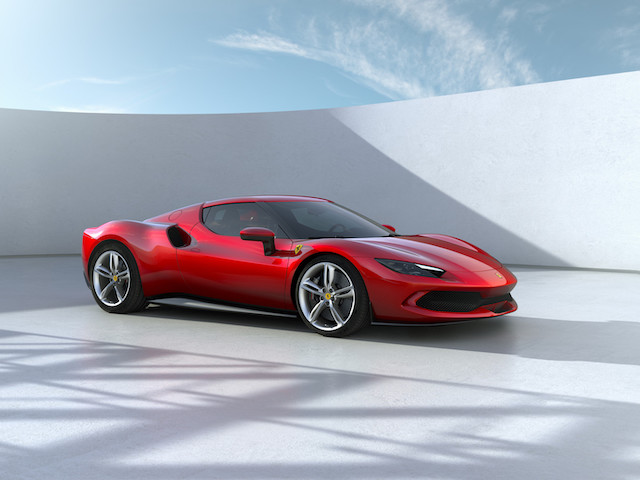
(Ferrari)
The 2022 Ferrari 296 GTB.
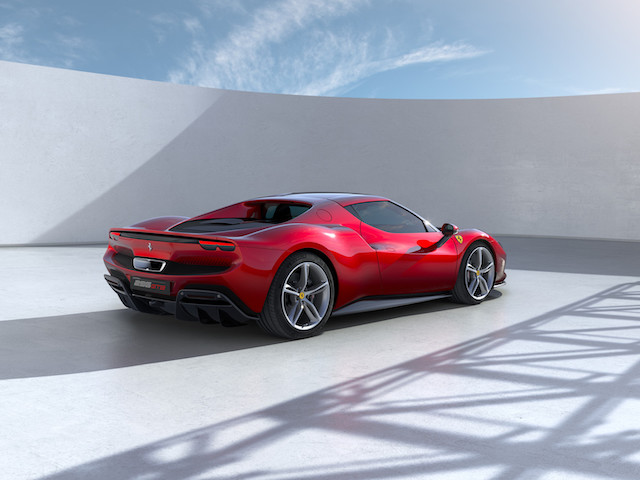
(Ferrari)
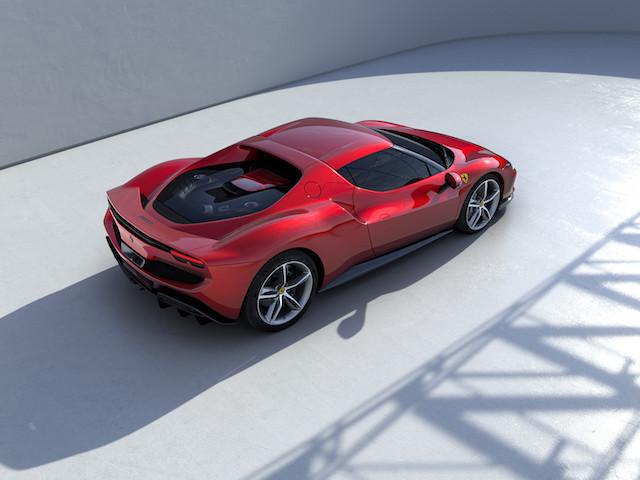 (Ferrari)
(Ferrari)
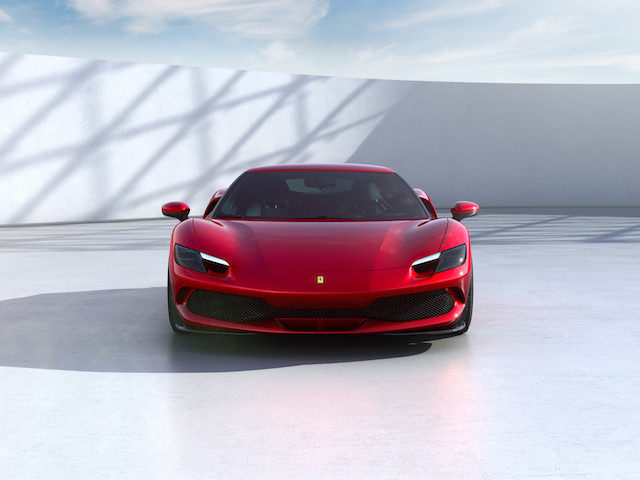 (Ferrari)
(Ferrari)

(Ferrari images)
The 2023 Ferrari Purosangue.

But you’re probably saying, that’s Ferrari, right? We expect a Ferrari to have jaw-dropping street presence and compelling design. Fair point, but I can also mention several exotics that have little to no appeal at all. We’ll skip that for now, however.
When I consider contemporary design, I am going to leave pickups, SUVs and crossovers out of the discussion. I am just not interested, and even though they are the overwhelming choice in the mainstream market, they bring nothing to the design table. At all. The exception being the Cadillac Lyriq, which has finally started to arrive at showrooms in notable numbers now. It is a compelling design that satisfies from all angles.

(Cadillac)
That word “mainstream” is key. It’s one thing to do provocative concepts that shine under the auto show lights, but it’s quite another to bring those high-concept executions to the street. Bill Mitchell, the exceptional design legend who inherited the mantle from Harley Earl and propelled GM to incredible heights during the company’s heyday (1957-1977), specialized in bringing concept car looks to the streets and byways of mainstream America. It was a 20-year period unrivaled in automotive history, in fact. No one did it better, and no one influenced contemporary automotive design quite like Bill Mitchell did. The 1959 Corvette Sting Ray racer; the 1963 Corvette Sting Ray; the Mako Shark concepts; the Corvair Monza GT and SS concepts; the 1963 Buick Riviera (although I prefer the ’65); the Oldsmobile Toronado; the Cadillac Eldorado; the Chevrolet Camaro; the Pontiac Firebird, Grand Prix and GTO; and the list goes on and on.
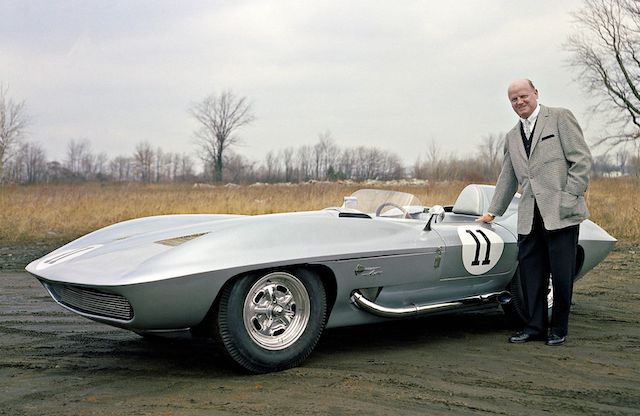
(GM)
Bill Mitchell and the 1959 Corvette Sting Ray racer.
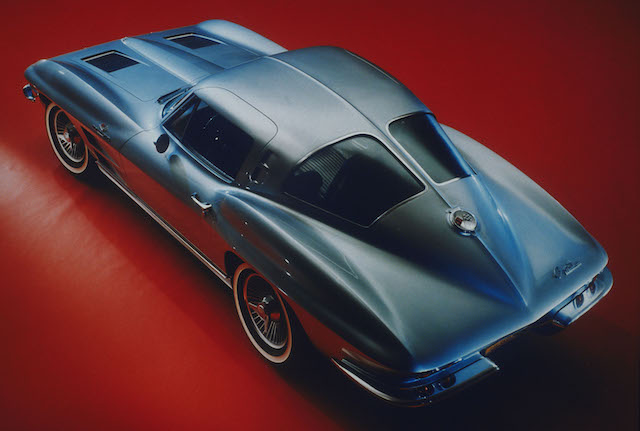
(GM)
The 1963 Corvette Sting Ray.
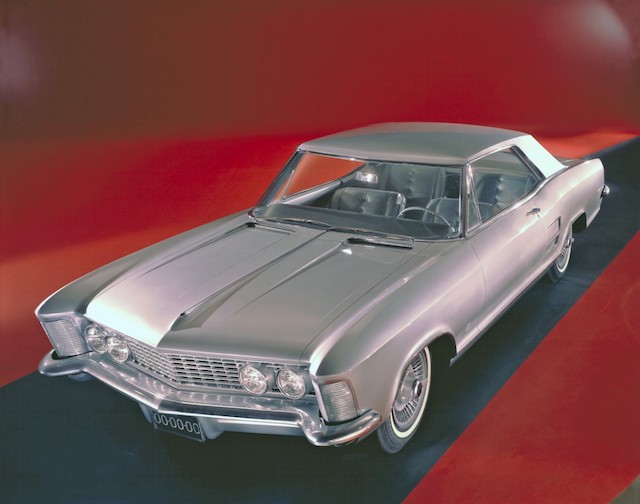
(GM)
The 1963 Buick Riviera.

(GM)
The 1961 Corvette Mako Shark I and 1965 Corvette Mako Shark II.
And when I think of Mitchell and his thoughts on design, and his absolute belief in bringing the “good stuff” to mainstream America, I believe there is one contemporary car that would meet with his approval, and that is the Cadillac Celestiq (images below). Yes, it is super pricey (at $300,000+), but after this machine appeared as a concept last year, it is now due to be built at the end of this year pretty much untouched and intact, and I believe it will resonate with people like few machines have in the last 25 years. Why? It is fluid and expressive, its surface detailing is impressive and its overall form is flat-out gorgeous. I would argue that no mainstream contemporary car manufacturer has stuck to its guns like GM Design has with the Cadillac Celestiq. There are no design shortcuts on the Celestiq. GM Design executed it with passion and the result is simply spectacular. The street presence of the Cadillac Celestiq will be unmistakable. Mitchell would have been pleased.
And that’s the High-Octane Truth for this week.

(GM Design Images)
The 2024 Cadillac Celestiq.


Editor’s Note: You can access previous issues of AE by clicking on “Next 1 Entries” below. – WG